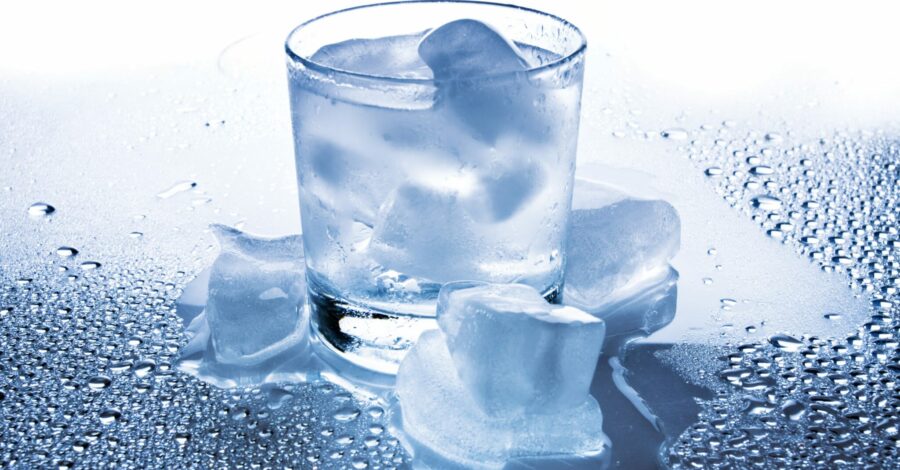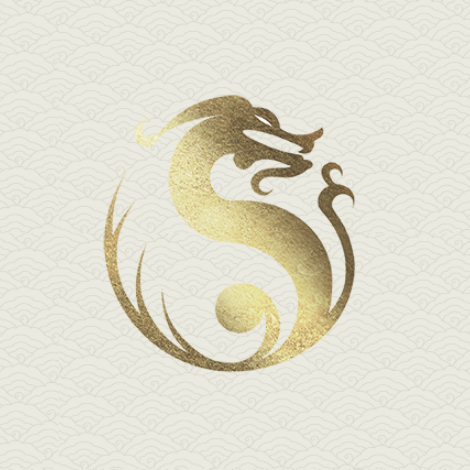
Just Say No
… to cold, that is!
Many American restaurants offer ice water to their guests. But traditional Chinese, Japanese, or Korean restaurants start diners off with hot tea. Why the difference?
Think about what happens in Nature when the temperature drops—the land appears still as animals hibernate and many plants enter a period of dormancy. If you head into the woods, you’ll eventually come across a stream or a small lake. Once the temperature dips below freezing for long enough, water molecules slow down and join together, forming crystals. Even if bodies of water do not freeze over, the cold makes everything slow down. Many rivers and waterfalls flow at a slower rate in frigid temperatures, too.
So if the cold makes everything slow down in the outer world, what does it do in your inner world?
The exact same thing. In traditional Chinese medicine, cold is considered a pathogen. When it is cold outside and you eat cold foods (raw vegetables, salads, dairy, chicken, iced drinks, smoothies) or leave your skin uncovered, you’re exponentially exposing yourself to cold. Your body then has to use more Qi to warm and then process the food and drink, and keep your skin warm. On the contrary, when you support your body with warm foods (cooked vegetables, soups, warming herbs and spices—ginger, cinnamon, turmeric, pepper, etc.) and you bundle up in the elements, you are conserving your Qi and giving your body another opportunity to rest. We want our Qi to flow, and flow freely. When Qi flows freely, disease cannot enter!
Learn More!
What is the difference between cold temperature and cold essence?
Warming foods are an integral part of the eating-for-healing plan in our 6-week Dragon’s Way Qigong® program. Learn more! Register for the upcoming session of Dragon’s Way Qigong, starting January 24, 2022.









